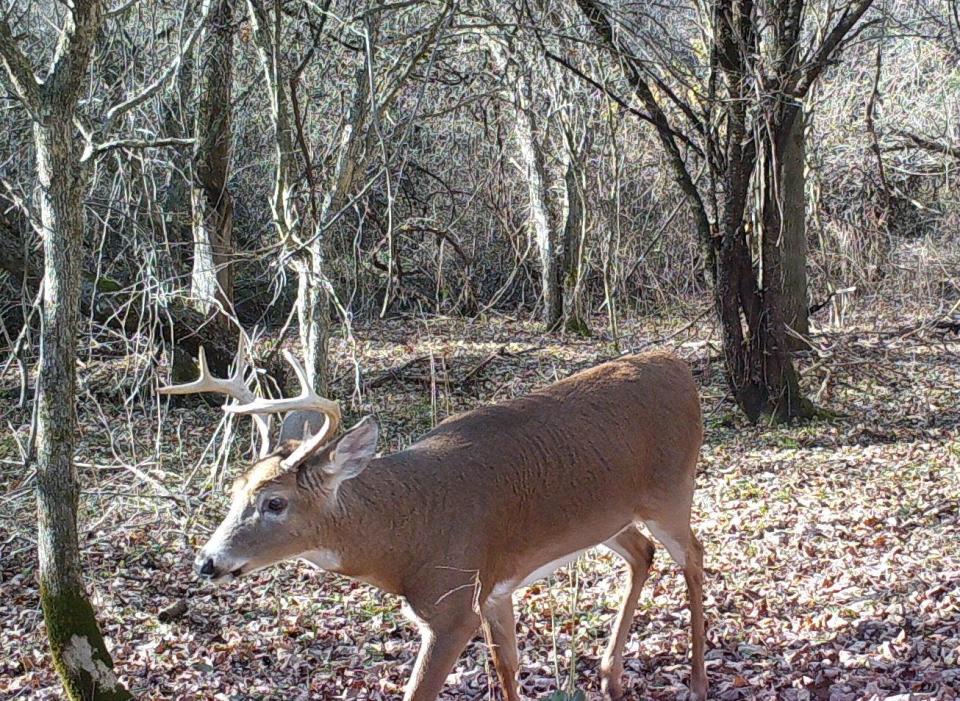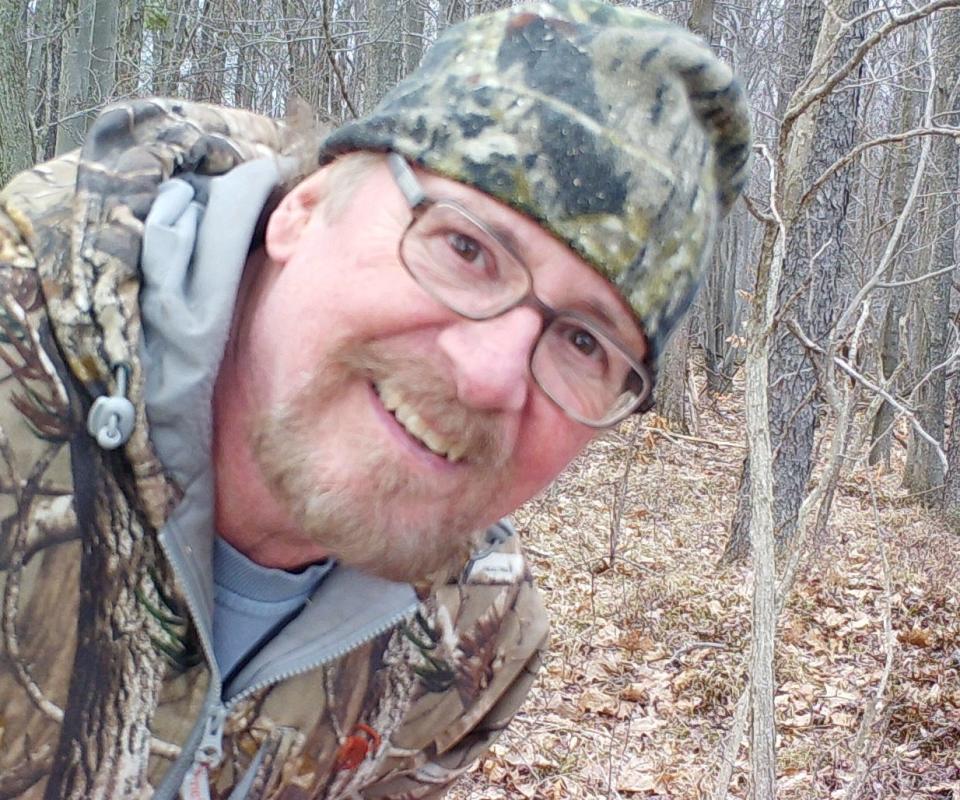Hunting season in New York state now stretches past Christmas. When you can harvest a deer
New York state’s deer season is stretching longer, on both ends … starting earlier and ending later than in the recent past.
It ends now with the Holiday Deer Hunt (which started two years ago in 2021) from Dec. 26 to Jan. 1, 2024 for archers and muzzleloader hunters.
Our deer season here begins with balmy temps, green leaves, t-shirts and mosquitoes and winds up with Arctic fronts, usually snow-covered forest floors where hand-warmers are a necessity.
The whitetail deer season here in New York State is wonderful, allowing the workingman and workingwoman, as well as students and retirees, time to get afield in pursuit of whitetails.
In fact, in certain downstate Deer Management Units in NYS, deer season actually begins now in mid-September, while the regular bow season opens Sept. 27 in the Northern Zone (Adirondacks) and Oct. 1 for us here in the Southern Zone.
Back in the old days, when deer hunting first started here in Western NY (1939 was the first deer season in Allegany County), it was only a week long, and it was shotguns only. The first deer take total in Allegany County was 50 bucks.
Other counties followed quickly in subsequent years as the deer herd expanded.
Now the average Southern Zone kill each year is around 100,000 bucks and 100,000 doe. We are certainly living in the good old days of whitetail hunting.

Slowly, as the whitetail herd expanded and the population increased in exponential numbers to today, the deer seasons increased and allowed the average working guy or gal a chance to get out in the woods after deer.
We start with our archery equipment.
Bow season in a way actually runs from mid-September until mid-November, if one counts the time it takes to practice shooting and scout, tune our tree stands, set up our blinds, maybe work food plots, and prep our hunting spots.
Then, six weeks later as the regular season, what we call "the gun or firearm season" dawns, the bows and arrows are stowed by most, and out come the center-fire rifles and shotguns. The various camouflage patterns that we used with our bows and arrows are exchanged now for the mandatory blaze-orange/pink when we pick up firearms in mid-November.
And when the gun season ends, here in the Southern Zone Dec. 10, our rifles are cleaned and packed away as the regular season closes and we gear up with our warmest hunting clothes and tote our black powder guns and get the bows out again for the third part of the whitetail season.
Then all deer seasons close Dec. 19, here in the Southern Zone for a few days, to open up the day after Christmas again and run until the first of the New Year for archers and muzzleloader hunters.
Of course, as much as we might like to, we can’t hunt all the time.
Deer hunters have regular lives, i.e. employment and deadlines, relationships with family members, chores and maintenance of our homes ... upkeep like mowing lawns to shoveling snow.
The long deer season allows us the time to choose not only when we can hunt, but the type of weapon and season we prefer.
Some deer hunters only enjoy archery season. They like hunting with a bow and arrow and the mild season, a beautiful time to be in the woods.
Others of us hunt only during the most popular regular season. That is when deer hunting is the most efficient and the best chances for a hunter to fill a tag and a corner of the freezer, according to statistics, not to mention the deer camp life, comradery that is so much of an important tradition, especially here in the Southern Tier.
And finally, the short muzzleloader/archery season at the end allows those of us who enjoy our soot belchers and bows a chance at taking a more primitive weapon afield in the final days of the four-part season.

Black powder guns, or muzzleloaders, have come a long way since I built my first one back in the mid-1970s.
Back then, it was either a flintlock or a percussion gun. I still have the .54 caliber flintlock that I put together and carried for many seasons.
But mostly now, I tote my .50 caliber modern, scoped inline, especially when it's snowing or raining.
Hunting with the old flintlock was problematical, to say the least, when it was snowing.
In other words, it wouldn't fire … at the most inopportune times!
More: Tree stands are still dangerous despite improvements. How to be safe while hunting
Ask any flintlock toter that has hunted deer … stories of misfires and hangfires. Snow melts on the barrel and moisture would often get in the pan or on the frizzen (the metal part on the flintlock where the flint strikes to create a spark that falls in the pan and ignites the charge.)
Modern inline muzzleloaders have their firing issues at times too, but it would not be black powder season if there were not challenges in “keeping the powder dry” — and remembering to put the charge in first before putting in the sabot or patched ball. (Not that I have ever loaded it backwards! But I have heard of it being done by other black powder shooters.)
But in this long season ... one thing is for sure … there is still plenty of time to screw up.
-- Oak Duke writes a weekly column.
This article originally appeared on The Evening Tribune: Holiday Deer Hunt stretches New York state's season to Jan. 1, 2024

